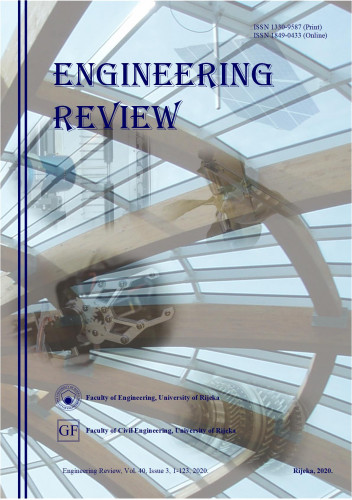In this paper, the effect of different surface pretreatment method on properties of vacuum brazed joint of AlSi50 alloy was investigated. The surface pretreatment methods of specimen before brazing include sanding, NaOH corrosion, HCl corrosion, H2SO4 corrosion and nickel plating. The experimental results indicate that the width of brazing joint varies with different surface pretreatment methods. The joint with sanding pretreatment, has the largest brazing seam width of 20 μm. Meanwhile, joint with H2SO4 corrosion has the narrowest brazing seam width. The brazing filler metal can wet and spread on different pretreated specimen very well. Spectrum analysis indicates that nickel-plate on AlSi50 surface, can interact with brazing filler metal, which increases mechanical property of brazing joint. For brazing of AlSi50 alloy, the optimal pretreatment method is nickel plating. After nickel plating pretreatment, brazing joint has the maximum shear strength 82.05 MPa by using brazing filler metal Al52-Cu33-Mg12-Ni3 and following technological parameters: brazing temperature 580 ℃, soaking time 30 min and pressure 3 MPa.
Sažetak

 Engineering review : 40,3(2020) / editor-in-chief Josip Brnić.
Engineering review : 40,3(2020) / editor-in-chief Josip Brnić.